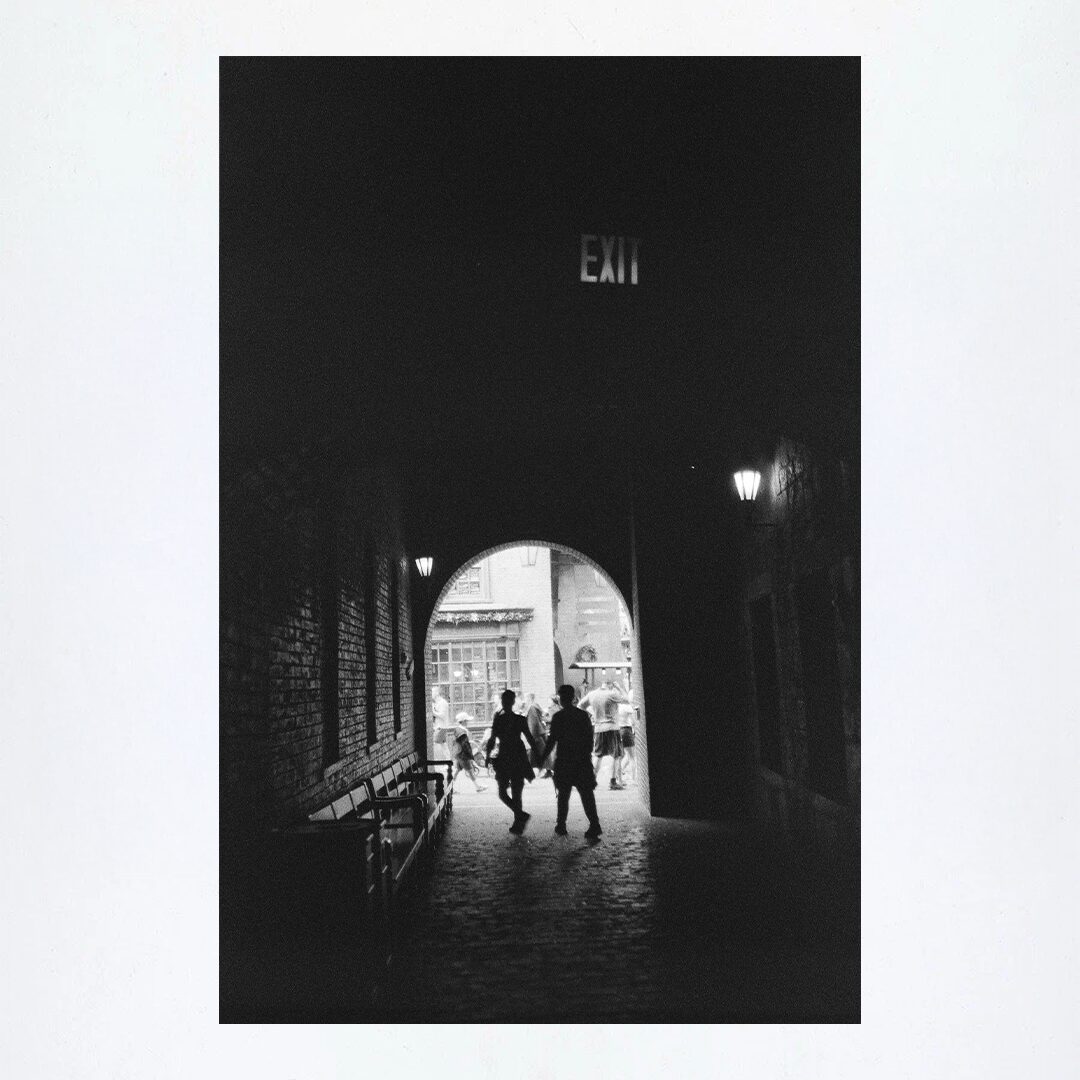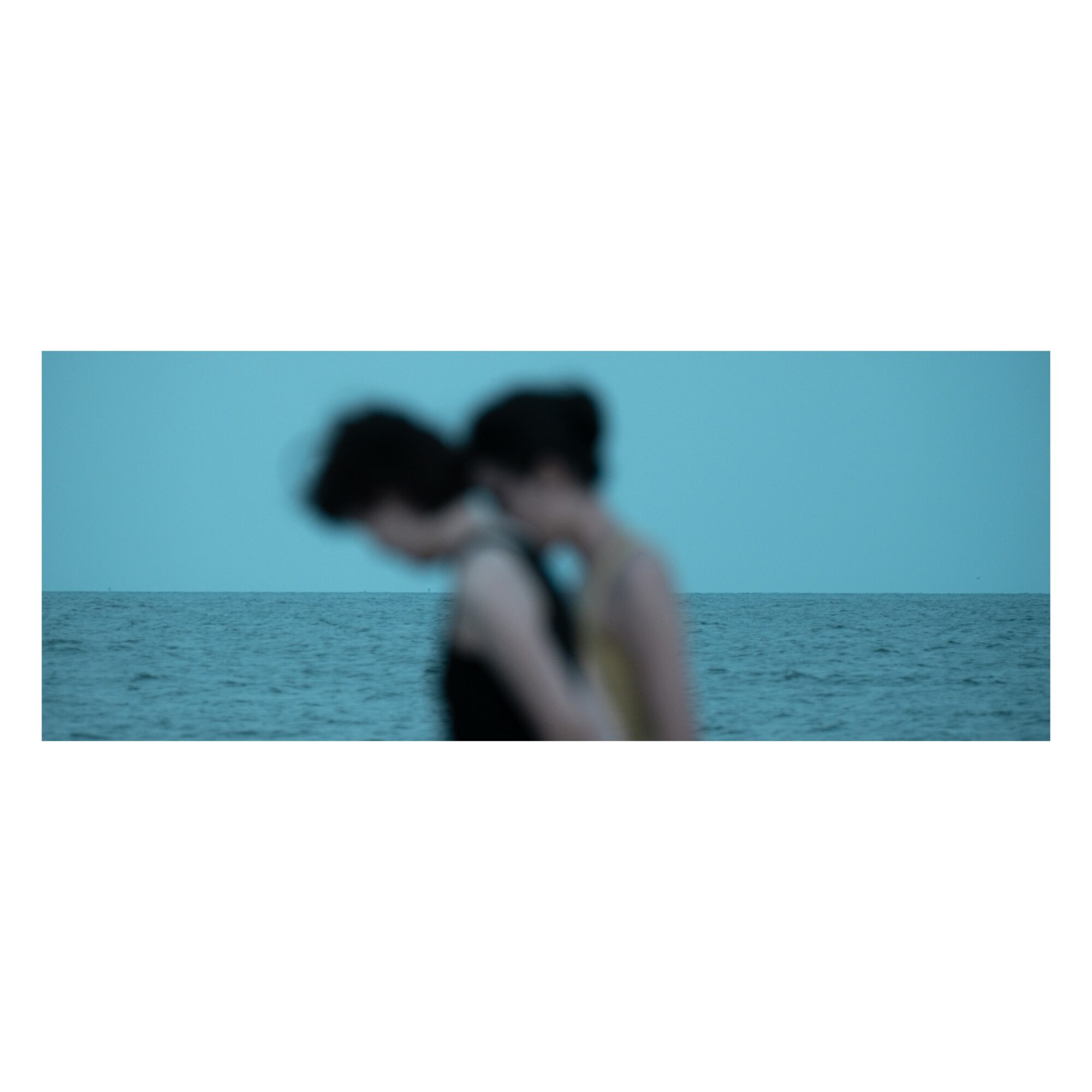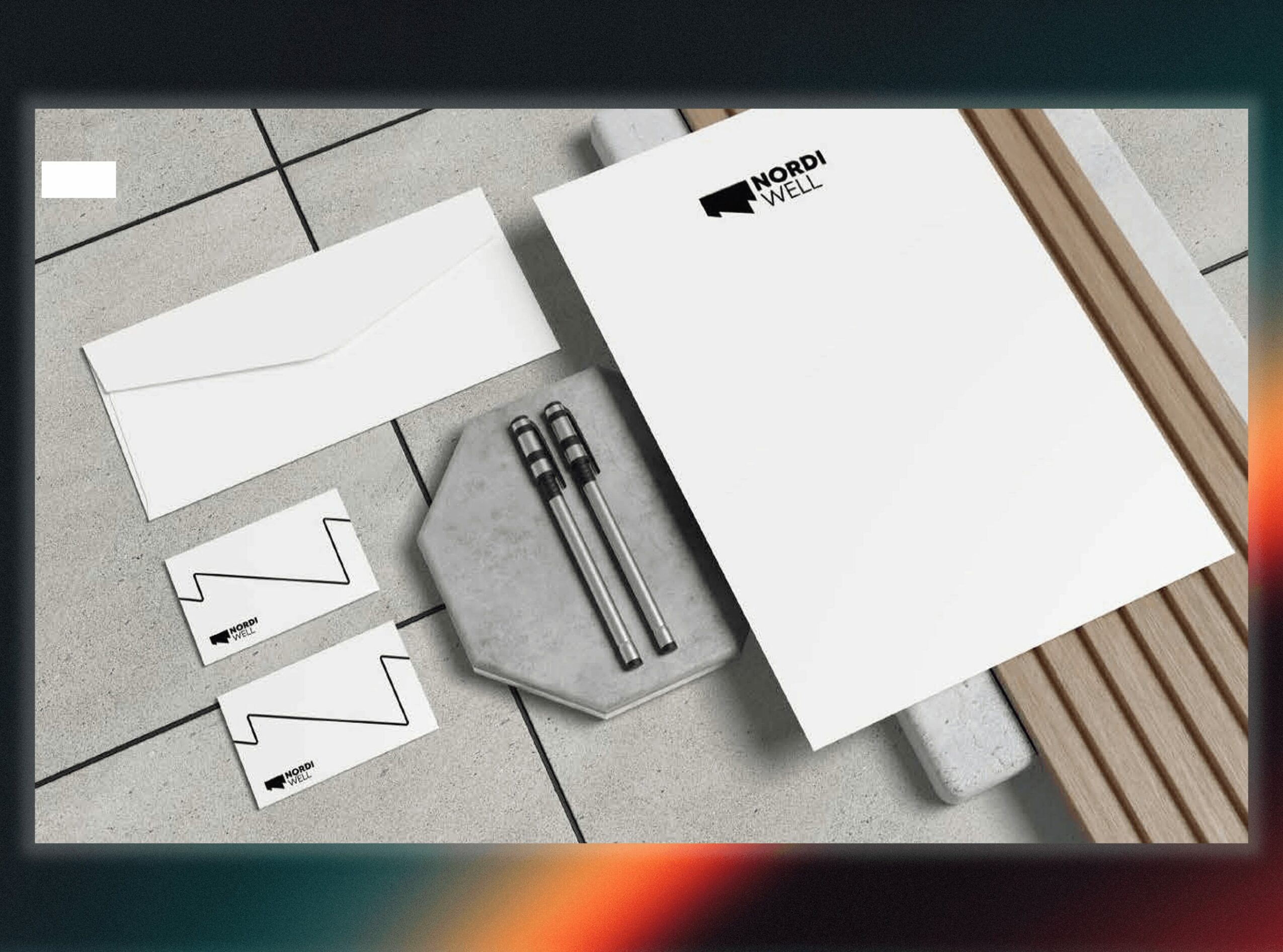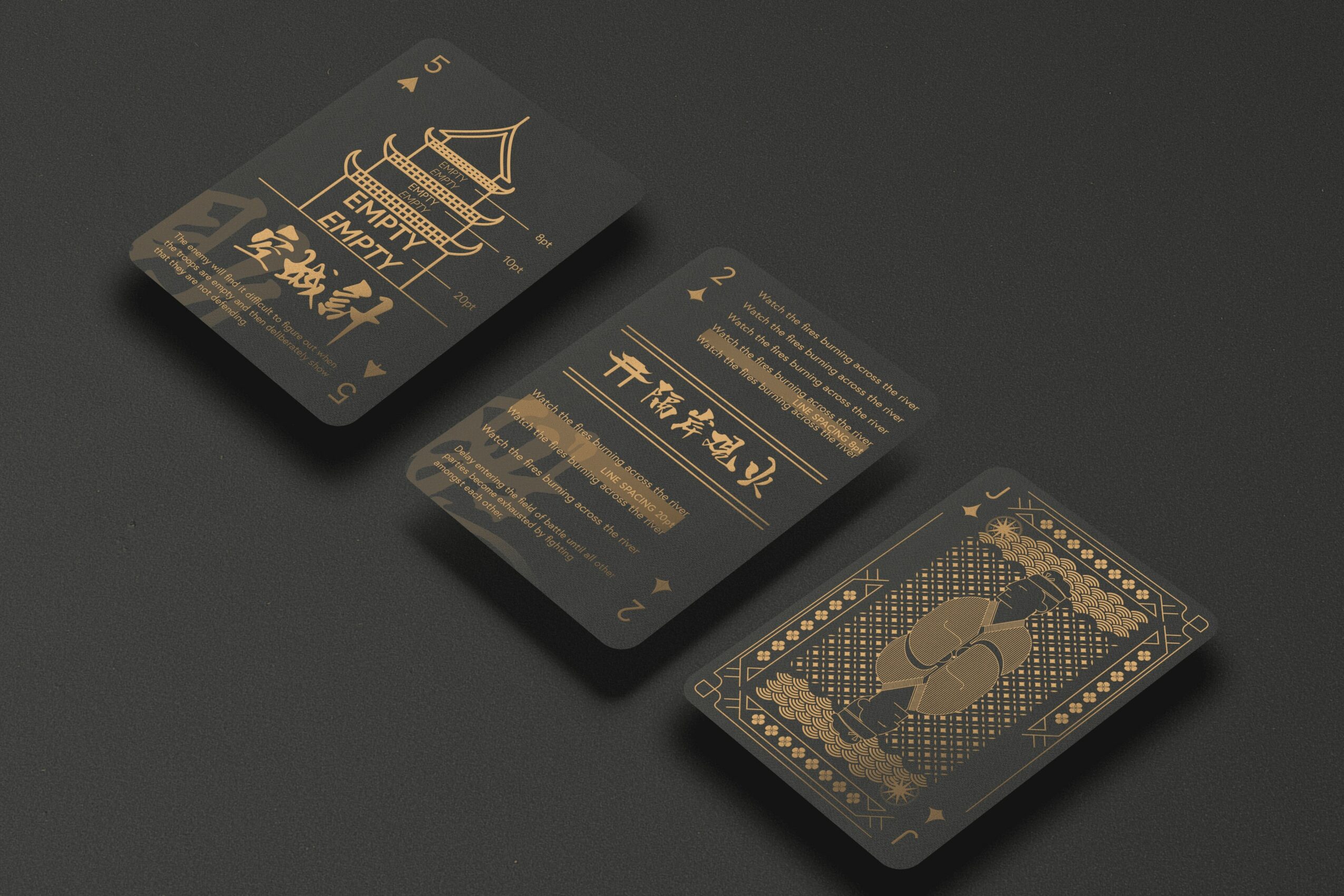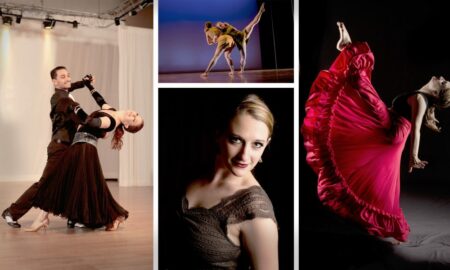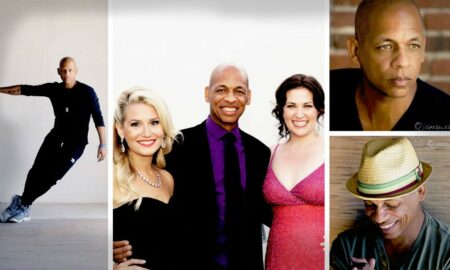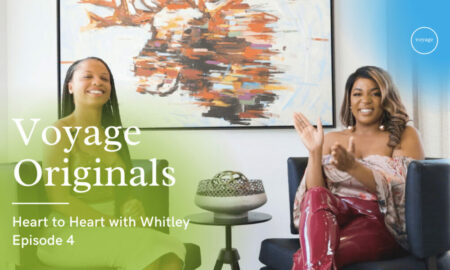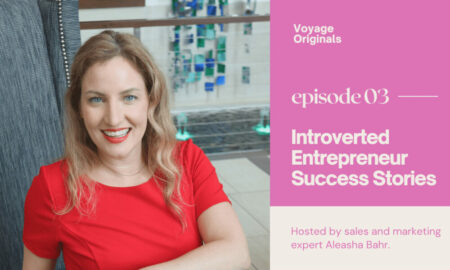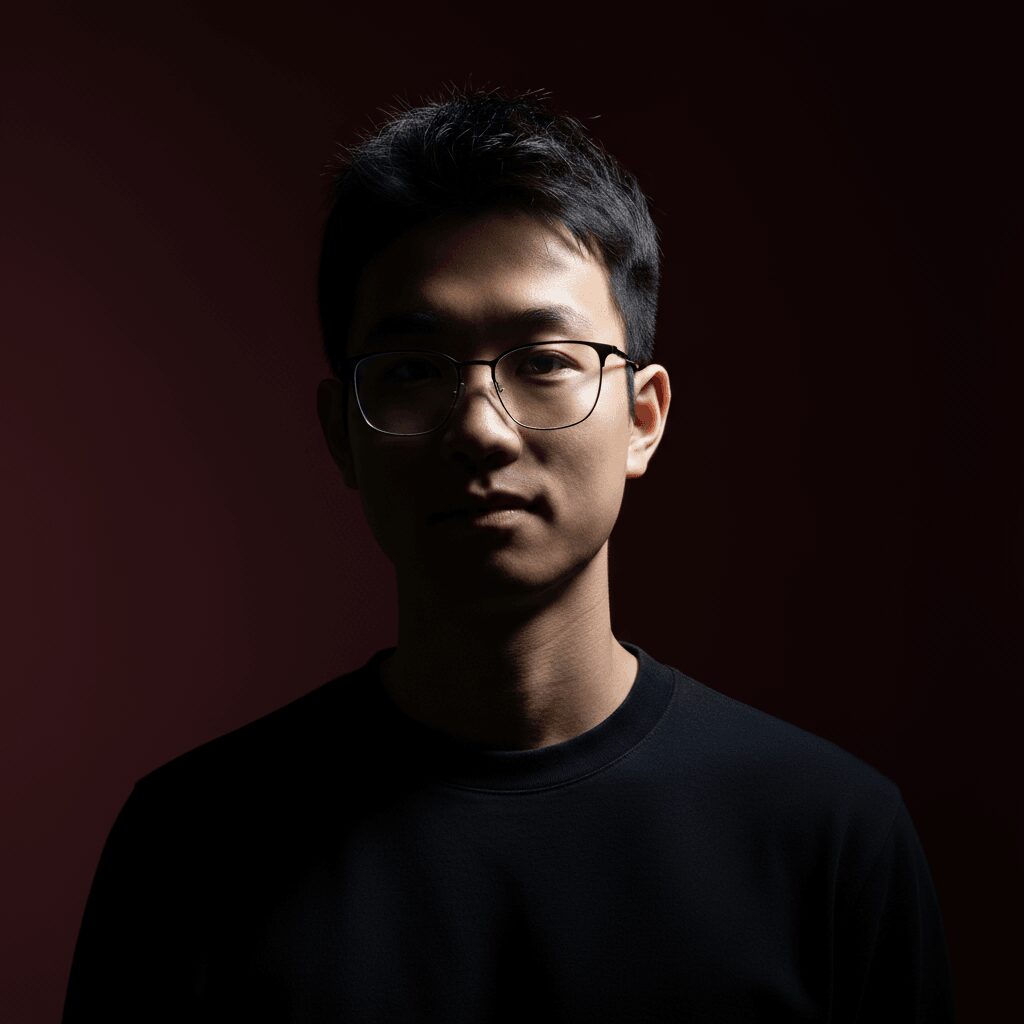

We’re looking forward to introducing you to Zhentao Xia. Check out our conversation below.
Hi Zhentao, thank you so much for joining us today. We’re thrilled to learn more about your journey, values and what you are currently working on. Let’s start with an ice breaker: What do the first 90 minutes of your day look like?
Honestly, the first 90 minutes of my day are a mix of coffee, and a bit of chaos.
I’m not one of those 5 a.m. miracle-morning people — I like to ease into the day. The first thing I do is make a cup of coffee, open the curtains, and just let the light fill the room.
What I do next really depends on what’s been on my mind lately. For example, recently I’ve been obsessed with the idea of going on a round-the-world trip. I don’t know when it’ll actually happen, but I still like planning it — spending half an hour on Google Maps, building routes in Notion, and exploring beautiful places online. It’s my little morning escape.
I guess that’s how I keep life interesting — even if I’m just sitting at my desk, I like to start my day with a bit of imagination. Looking at landscapes or new places gives me something to look forward to; it keeps me inspired for both work and life.
By the time my coffee’s gone, I’m usually ready to dive into the day — with a few new pins on my map and a reminder that there’s always more to see. And of course, it’s time to check my email.
Can you briefly introduce yourself and share what makes you or your brand unique?
Hey! I’m Zhentao, you can also call me Evens! A designer and art director who likes to take things seriously, just not too seriously.
My background sits somewhere between industrial design and creative direction, so my work has always been about finding balance — between logic and emotion, precision and play. At I-Blason and SUPCASE, I’ve tried to bring more of that in-between energy into how we tell stories about our products. I wanted our visuals to feel less like ads, and more like small scenes from real life — where a product isn’t the main character, just part of someone’s everyday rhythm.
I think that approach came from how I see design itself — it’s not about making something perfect, it’s about making something alive. My personal style grew out of that mindset: a little playful, sometimes ironic, sometimes emotional, but always honest. I’ve never been a fan of taking design too seriously, because once you lose your sense of humor, you lose curiosity. That’s probably why people describe my work as having a “playfully rebellious” tone — it’s not about mocking things, it’s about staying human in a world that often feels too polished.
Recently, I’ve been working with a friend to start a new brand. We’re still early in the process — experimenting, sketching, and trying to create things that are both useful and a little bit fun. I can’t say too much yet, but I hope it becomes something that makes people smile and think.
For me, creativity is a conversation with the world. Sometimes serious, sometimes sarcastic — but always honest.
Amazing, so let’s take a moment to go back in time. Who were you before the world told you who you had to be?
Probably the same person — just with fewer deadlines.
When I was younger, I was always curious about how things worked — not just mechanically, but emotionally. I’d take things apart, sketch them, reimagine them. I didn’t know the word “design” yet, but I was already obsessed with the idea of shaping how people experience the world.
I think before the world told me who I had to be, I was simply someone who wanted to understand why things made people feel a certain way — why a song could make you nostalgic, or why a broken toy still felt precious. That curiosity never really went away. It just evolved into my work.
Maybe the only difference now is that I’ve learned how to balance idealism with reality — but deep down, I’m still the kid who draws on random napkins and believes a good idea can come from anywhere.
And honestly, that’s why I keep a bit of that “don’t-take-it-too-seriously” attitude — because the moment you start living by someone else’s definition of success, you stop discovering who you actually are.
What did suffering teach you that success never could?
That nothing good ever comes from rushing to the finish line.
Suffering taught me patience — not the kind where you just wait, but the kind where you learn to sit with uncertainty. When things fall apart, you suddenly see what really matters. You stop chasing perfection, and start paying attention to the process — to the quiet parts of life that success often drowns out.
I think pain also taught me how to keep my sense of humor. When things go wrong, laughing at it is sometimes the only way to move forward. It’s strange — the moments I thought would break me actually built the calmness I have now.
Success makes you feel seen; suffering makes you understand yourself. And I’d say that understanding yourself — your limits, your fears, your rhythm — is what eventually makes your work more honest.
Maybe that’s why I like to keep a bit of that playful, “don’t-take-life-too-seriously” attitude. Because even when things hurt, I’d rather turn it into a story than a scar.
Sure, so let’s go deeper into your values and how you think. What are the biggest lies your industry tells itself?
That everything needs to look perfect.
The creative industry — especially design and marketing — loves to talk about authenticity, but often ends up polishing things until there’s nothing real left. We tell ourselves that every project has to be “groundbreaking,” that every brand needs a manifesto, that every post has to trend. But sometimes, the most honest work is the simplest one — the one that doesn’t try too hard.
I think the biggest lie is that creativity only happens under pressure or with big budgets. In reality, the best ideas usually appear when no one’s watching — in a random conversation, during a walk, or when you’re procrastinating and your brain finally relaxes.
For me, creativity isn’t about chasing trends or pretending to be “visionary.” It’s about noticing small truths and turning them into something meaningful. That’s why I like keeping a bit of that playful, slightly rebellious attitude — it reminds me not to believe my own industry’s mythology.
At the end of the day, design is supposed to be human. And humans aren’t perfect — that’s what makes them interesting.
Okay, so before we go, let’s tackle one more area. If you knew you had 10 years left, what would you stop doing immediately?
Probably trying to look like I have everything figured out.
I think a lot of us — especially in creative fields — spend too much time performing certainty. We try to look confident, decisive, strategic… when in reality, half the magic comes from not knowing what we’re doing, but doing it anyway.
If I knew I had ten years left, I’d stop pretending to have a plan for everything. I’d take more creative risks, worry less about whether things “make sense,” and spend more time doing the things that make me feel alive — traveling, photographing, designing things just because they’re fun. I’d also stop overthinking timing. I’ve realized there’s never a perfect moment — not for launching a project, not for leaving a job, not even for taking a break. The clock never really waits for you to be ready.
Maybe that’s what I’d do differently: I’d still care, still work hard, still dream big — just with a little less hesitation. A little more courage. And maybe a second cup of coffee.
Contact Info:
- Website: https://www.xiasworld.com
- Instagram: https://www.instagram.com/sum_azl/
- Linkedin: https://www.linkedin.com/in/evensxia
